Métis and Census: Reading Between the Lines

Written by Matt Hiltermann, member of our Community Advisory Committee for Lougheed House Re-Imagined.
According to Benedict Anderson, the census – along with the map and museum – has “profoundly shaped the way in which the colonial state imagined its dominion.”[1]
In the late nineteenth century, census categories became increasingly racialized, focused on shoehorning people into mutually exclusive racial categories.[2] Census makers aspired to fit the complexities of reality into these neat categories. Through the reification of categories and the erasure of ambiguities, the census constructs the reality it purports to describe.[3] It should therefore be viewed as a socially constructed cultural artifact, rather than simply a collection of data.[4]
This poses a problem for the enumeration of Métis in census, as Canada treats “Indian” and white as mutually exclusive and diametrically opposed.[5] This has resulted in the Métis – along with other groups that don’t fit neatly into colonial categories – being invisible in most Canadian censuses. Prior to 1981, Métis were only enumerated as Métis in the 1870 Manitoba census, the 1901 census of Canada and the 1941 census of Canada.[6] Given this invisibility, what challenges do census records pose for the Métis and how can researchers navigate that erasure?
* * * * *
February 1882. Enumerator Stuart Mulkins arrives in Calgary to conduct a census. The choice of Mulkins for this role is a questionable one. He’s unfamiliar with the local social landscape, he’s a year behind schedule, he completely neglects to enumerate First Nations reserves, and to top it all off, his penmanship is nigh-on illegible at times.[7] However, because of the authority vested in the census, his incomplete and often incorrect census became the “objective” account of what most of Southern and Central Alberta looked like in 1881.[8]
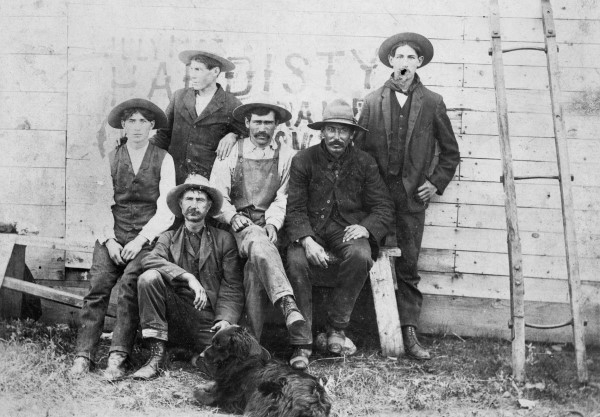
Group of Metis construction workers, Hardisty, Alberta | c. 1910-1912 | Photographer Unknown | Glenbow Archives NA-3474-18
At face value, it seems an overwhelmingly white, albeit surprisingly “French”, census. In the immortal words of John Green, however, “The truth resists simplicity.”[9]
The reader might rightly guess that the “French” contingent is overwhelmingly Métis. 95%, in fact.[10] Even the English, Scottish, and Irish populations are less white than they initially appear. One third of the “English” population, and roughly 40% of the so-called “Scotch” and “Irish” were Métis. And when I say Métis here, I don’t just mean that they had mixed blood. With prolific names, like Munro, Howse, and Hodgeson, these families were part of the Métis communities of Lac Ste. Anne, Victoria Settlement, and île-à-la-Crosse. They came from a tradition of buffalo hunting and river lot farming that originated in Red River, where many of their kinfolk resided.[11]
Mulkin’s problematic enumeration processes aside, the issue of Métis misidentification in the 1881 census may not have been entirely his fault. Even in regions where First Nations were enumerated, Métis are often ascribed their ethnicity according to their patrilineal ancestry in the 1881 census.[12] This is noteworthy, because the census manual explicitly states that “Origin is to be scrupulously entered, as given by the person questioned…by the words English, Irish, Scotch, African, Indian, German, French, and so forth”.[13] This suggests that it was Métis people identifying themselves as “French,” “Scottish,” etc. But why?
Many people familiar with Métis history may suggest that the people enumerated in the 1881 census did not identify as Métis due to prejudice or discrimination. However, it is strange that the people who were enumerated as Métis in 1870 or who applied for scrip in 1885, and who were again identified in the 1901 census would hide their identity at a time when they formed the majority of the non-First Nations population (1881), yet openly identify with it at a time when they were a marginal minority (1901).
To determine who was and wasn’t Métis, whenever I found an individual born in Manitoba or territories before 1870, I would consult the Métis Scrip archives at Library and Archives Canada.[14] If that failed to yield anything, I checked band lists, the Hudson’s Bay Company Archives, and local/community histories to get a sense of who an individual is. This process allowed me to determine who an individual is, their lifestyle, kin connections, and to what community – both national and local – they belong.
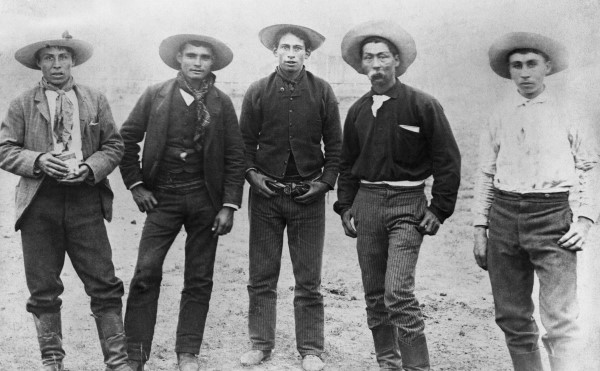
Group of Metis at Maple Creek area, Saskatchewan | c. 1900 | Photographer Unknown | Glenbow Archives NA-1368-6
You might have noticed that I neglected to mention the 1891 census here. That’s because that census doesn’t list ethnicity. Rather, people are identified by their place of birth and their parents’ places of birth. This is actually more useful in identifying individuals Indigenous to western Canada than ethnicity. While enumerators frequently misidentified Indigenous individuals’ ethnicity, a survey of the 1881 census showed that 99.5% of individuals with at least one parent born in Manitoba or the Northwest territories before 1870 was Indigenous.[15] Since the 1891 census provides parents’ PoB, while the 1881 does not, the 1891 census can prove more reliable than the 1881 census in identifying Indigenous individuals on the prairies.
It may also be more useful than the 1901 census at times. While the 1901 census was the first since 1870 to enumerate “halfbreeds” (sic), it did so inconsistently. The obvious example to discuss here is how Isabella Hardisty Lougheed – well known as a Métis woman – was enumerated as “Scottish”.[16] However, it could be argued that the tacit acceptance of Isabella as “white” was a result of her wealth. For less affluent Métis families enumerated in Calgary in the 1901 census, this misidentification makes less sense.[17] Moreover, a number of First Nations without Treaty status are mistakenly identified as “breeds”. Comparing the returns from Manitoba to those from Calgary, it appears that the Calgary enumerator was less familiar with actual Métis people and judged who was or wasn’t based on a racialized and exoticized understanding of Métis identity.[18]
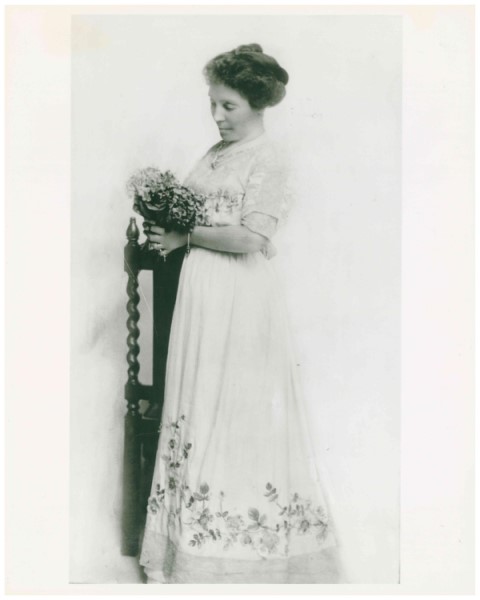
Lady Lougheed | c. early 1900s | Photographer Unknown | Glenbow NA-3232-3

Isabella Lougheed listed as Scotch in the 1901 Census of Canada | Library and Archives Canada
* * * * *
In the case of my own family, my great-great grandparents – James Pruden and Annabelle McDonald – are listed as Métis in the 1870 Manitoba census, English and Scottish in the 1881 census, and as “Scotch Cree Breeds” in the 1901 census. There could be several reasons for this, but my hypothesis is that, prior to mass non-Indigenous immigration, Métis considered themselves the “default” or “unmarked” category. With the fact they were Métis being taken for granted, the question of “ethnic or tribal origin” may have been interpreted as “what kind of Métis are you?”
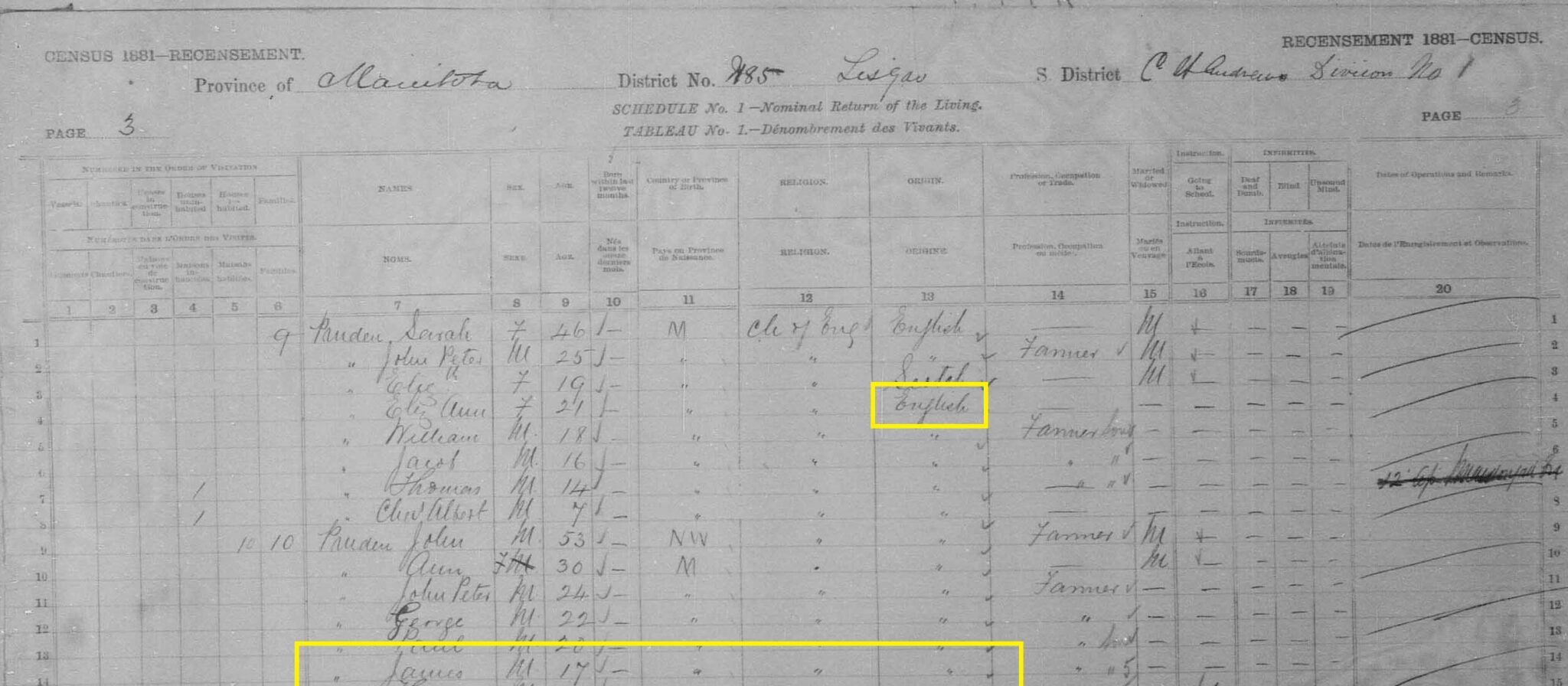
James Pruden listed as English in the 1881 Manitoba Census | Library and Archives Canada
All of this is to say that censuses should not be taken at face value nor accepted uncritically. Censuses are fraught, biased, and partial documents that construct the world they purport to describe. But they are also invaluable historical documents that can provide a snapshot of a given place at a given time. Much like photographs, censuses – although biased and filtered – can provide an important perspective. Through triangulation, used in tandem with other primary source material, inaccuracies in censuses can be corrected, and a fuller and more nuanced picture can emerge.

Author of this post, Matt Hiltermann
Matt Hiltermann is a Métis researcher, historical interpreter, and artisan. He has worked in the museum and heritage field for thirteen years and has a background in anthropology and Indigenous studies. He is currently working as the historian for Metis Nation of Alberta – Region 3.
References
[1] Benedict Anderson, Imagined Communities: Reflections on the Origin and Spread of Nationalism, 2nd ed. (London: Verso, 2006 [1983]), 163-164
[2] Ibid., 166.
[3] Chris Andersen, Metis: Race, Recognition, and the Struggle for Indigenous Peoplehood (Vancouver: UBC Press, 2014), 77
[4] Ibid.
[5] Elizabeth Furniss The Burden of History: Colonialism and the Frontier Myth in a Rural Canadian Community (Vancouver: UBC Press, 1999), 9, 15-18.
[6] Andersen, Metis, 81. Enumeration of Metis on Canadian census remains problematic. On this subject, see Andersen, Metis, 59-90.
[7] I explicate “reserve” here, because Mulkins enumerates a small but noteworthy number of First Nations individuals not living on reserve.
[8] Library and Archives Canada, Census of Canada, 1881, Northwest Territories (192), Nominal Schedule of the Living, Edmonton (R) District; Bow River (M) district.
[9] Quoted by Hank Green, “YOU ARE WRONG!” Vlogbrothers (Youtube), January 19, 2011, 0:34-0:36. URL: https://www.youtube.com/watch?v=ZH28G0_vTpg
[10] Of the five individuals listed as French who were not Metis, Father Doucet was from France; Henri Paquette Sr., Frank Lavasseur, and Louis Rousselle Sr. were French Canadian from the east; and James Maskepatoon was Cree.
[11] On the role central role of Red River and of the buffalo brigades in Metis peoplehood, see Andersen, Metis 108-130.
[12] See, for example, 1881 Census of Canada, Northwest Territories (192), Battleford (K) District
[13] Department of Agriculture, Manual Containing the Census Act (1881), 30.
[14] The scrip archive can be accessed through LAC, RG15-D-II-8.
[15] This is based on my own research covering Bow River (M) District and the Edmonton (R) Districts of the 1881 census. Out of the 1046 Individuals born in Manitoba or the Territories before 1870 or with at least one parent born in said places before 1870, five were non-Indigenous: Flora and Ruth McDougall, Mary MacLeod (nee Drever), Alexander McDonald, and John Matheson. for the reasons discussed in this article These individuals were usually Metis, but there were also a notable number of off-reserve Blackfoot and Cree.
[16] LAC, Census of Canada, 1901, North-West Territories, District 202 (Alberta), Subdistrict V (Calgary West), 13
[17] Ibid., 7, 10, 13
[18] On racialization and the misrecognition of Metis, see Andersen, Metis, 26-58, 174-179.
We respect your privacy as per our Privacy Statement. We welcome your thoughtful and respectful comments, and your first name will appear with each submission. All comments will be moderated by Lougheed House before they appear on the site. We check for posts regularly and will respond as soon as we can. We do not guarantee that your comments will be published.
By submitting a comment, you accept that Lougheed House has the right to reproduce and publish that comment in whole or in part, in any form we choose. We do not endorse the opinions expressed in comments. Comments on this page are moderated according to our Submission Guidelines. Comments are welcome while open. We reserve the right to close comments at any time.


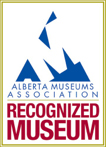
How can I have someone help me research my family line that is supposed to be both Métis and Mi’kmaq? I see at least 12 surnames that lived in the areas of the Métis and Mi’kmaq in my direct line- starting from great grandparents and all their parents.
Hi Lisa,
Thank you so much for leaving reading Matt’s blog post and leaving a comment. He’s given me some guidance to pass along to you. Some good sources for Métis research includes Library and Archives Canada Collections search using the finding aid RG15 Scrip; the 1901 census; and Gail Morin’s Métis Families genealogical compendia. Also, the Metis Nation Database (https://www.metisnationdatabase.ca/) has a lot of LAC and Parish records that are digitized elsewhere, but much easier to find on their database.
We hope this helps!